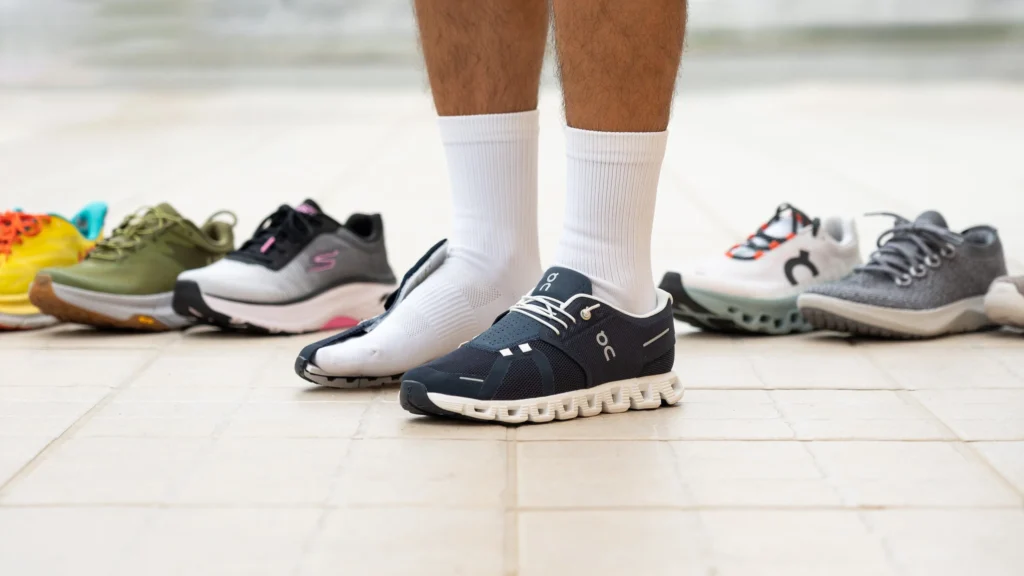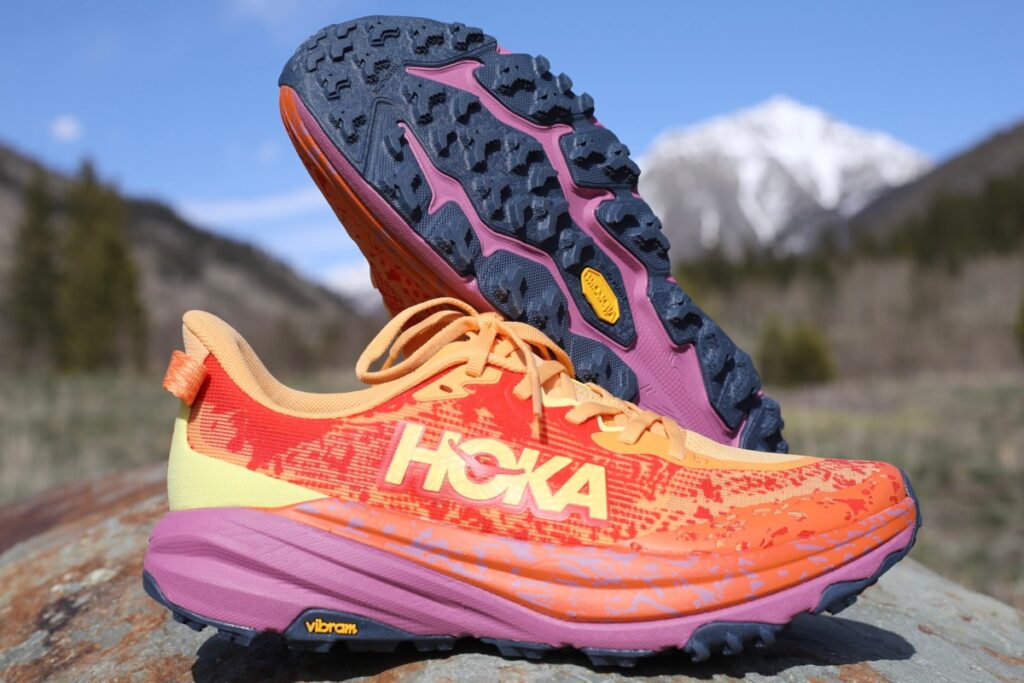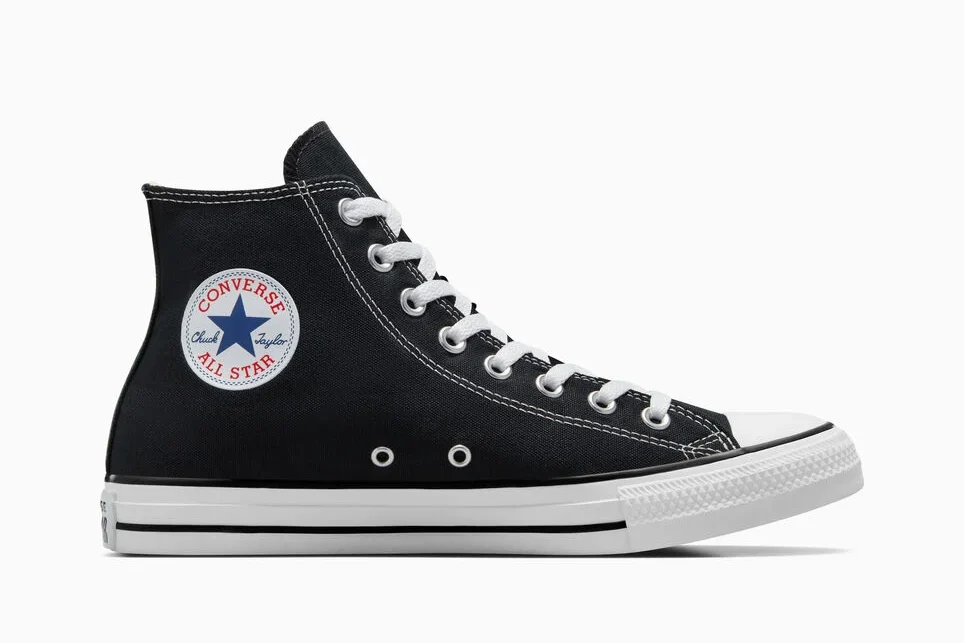The Ultimate Guide for Every Occasion
Choosing the right sneakers can sometimes feel overwhelming, given the plethora of styles, brands, and features available today. Whether you’re a casual wearer, an athlete, or someone who loves to stay stylish while being comfortable, understanding how to choose sneakers is essential for making an informed purchase. This guide will help you navigate through various factors to consider when selecting the perfect pair of sneakers.
1. Determine Your Purpose
The first step in how to choose sneakers is to identify their primary purpose. Are you looking for running shoes, walking shoes, or lifestyle sneakers? Each category has specific features designed to enhance performance and comfort.
- Running Sneakers: These typically offer lightweight materials, enhanced cushioning, and stability features to support the foot during high-impact activities.
- Walking Sneakers: While they share some features with running shoes, walking sneakers often prioritize comfort and flexibility for extended periods of wear.
- Lifestyle Sneakers: These are designed more for fashion than function. They focus on aesthetics and versatility, allowing you to wear them on casual outings or even in semi-formal settings.

2. Understand Your Foot Type
Before diving into brands and styles, understanding your foot type is crucial in how to choose sneakers. There are three main foot types: neutral, flat (pronated), and high-arched (supinated).
- Neutral Feet: If your arches are neither too flat nor too high, you can wear most sneaker types, but look for those offering balanced cushioning.
- Flat Feet: If you have flat feet, opt for shoes that provide stability and motion control to prevent overpronation.
- High Arches: Look for sneakers with extra cushioning and support to absorb impact and provide comfort.
To determine your foot type, consider doing a wet foot test or consulting with a specialist at a local shoe store.
3. Pay Attention to Fit
Fit is arguably the most important factor in how to choose sneakers. Ill-fitting shoes can lead to discomfort, blisters, and even injuries. Here are some tips for ensuring a proper fit:
- Try Them On: Always try on sneakers at the end of the day when your feet are slightly swollen. This will give you a better sense of how they’ll fit during normal activities.
- Leave Space: Make sure there’s about a thumb’s width of space between your longest toe and the front of the shoe. This allows for movement during activities.
- Check Width: If your foot feels cramped or your pinky toe spills over the edge, consider a wider size. Brands often offer various widths to accommodate different foot shapes.
4. Evaluate Materials
The materials used in sneakers can significantly affect comfort and performance. When learning how to choose sneakers, consider the following common materials:
- Mesh: Often found in running shoes, mesh is breathable and lightweight, making it great for ventilation.
- Leather: Offers durability and support but can be heavier and less breathable. It’s a popular choice for lifestyle sneakers.
- Synthetic Materials: These can provide a good balance of durability and lightweight comfort, often used in athletic sneakers.
5. Look for Support and Cushioning
The level of support and cushioning you need will depend on your activity level and foot type.
- Arch Support: Ensure that your sneakers offer adequate arch support, especially if you have flat feet or high arches. Some brands have built-in orthotics or allow for custom insoles.
- Cushioning: The right amount of cushioning can make all the difference in comfort. For running or high-impact activities, look for shoes with ample cushioning to absorb shock.
6. Consider the Outsole
The outsole of the sneaker plays a vital role in grip and traction. Different activities may require specific outsole features:
- Rubber Outsoles: Generally provide good traction and durability, suitable for various surfaces.
- Trail Outsoles: If you plan on hiking or running off-road, look for deeper treads and more aggressive patterns for better grip.

7. Research Brands and Models
Once you have a clear idea of your needs, start exploring brands and models that fit your requirements. Some popular options include:
- Nike and Adidas: Known for innovative technology like Nike’s Air cushioning and Adidas’ Boost, these brands offer a range of stylish and functional sneakers.
- Asics and Brooks: Favored by serious runners, Asics features Gel cushioning for shock absorption, while Brooks focuses on fit with adaptive DNA cushioning.
- New Balance: Great for unique foot shapes, New Balance provides a variety of sizes and widths, emphasizing comfort and support.
- Hoka One One: Renowned for their plush cushioning, Hoka shoes are ideal for those seeking comfort during long runs.
- Puma: Blending style and performance, Puma offers fashionable options that cater to both sports and casual wear.
- Converse and Vans: If you’re looking for lifestyle sneakers, these brands are iconic, providing versatile styles suitable for everyday wear.

Research user reviews and comparisons to gather insights on comfort and durability. By exploring different brands, you can find sneakers that meet your needs while reflecting your personal style.
8. Price vs. Quality
While it might be tempting to opt for cheaper sneakers, investing in a high-quality pair can save you money in the long run. Quality sneakers often feature better materials and construction, leading to increased durability and performance. Set a budget, but remember that the right sneakers can be a worthwhile investment in your health and comfort.
9. Don’t Forget Style
Lastly, while functionality and comfort are crucial, style shouldn’t be overlooked when learning how to choose sneakers. Consider your wardrobe and personal style. Sneakers come in various colors and designs, so you’re likely to find options that suit your taste. Versatile sneakers can easily transition from workout to casual outings, making them a staple in any closet.
How to Choose Sneakers: Conclusion
Choosing the right sneakers doesn’t have to be a daunting task. By understanding your needs, foot type, and the essential features of sneakers, you can make an informed decision. Remember to try on several pairs and consider both comfort and style. With the right pair of sneakers, you’ll not only enhance your performance but also look good while doing it. So, whether you’re hitting the pavement or running errands, knowing how to choose sneakers can make all the difference in your day-to-day comfort and style. Happy sneaker shopping!
Read more from our blog…
- How to Style Sneakers
- How to Protect White Sneakers
- The Timeless Appeal of Vintage Sneakers
- Adidas vs Nike Sneakers
- How to Remove Creases from Shoes
Join 900+ subscribers
Stay in the loop with everything you need to know.

Leave a Reply